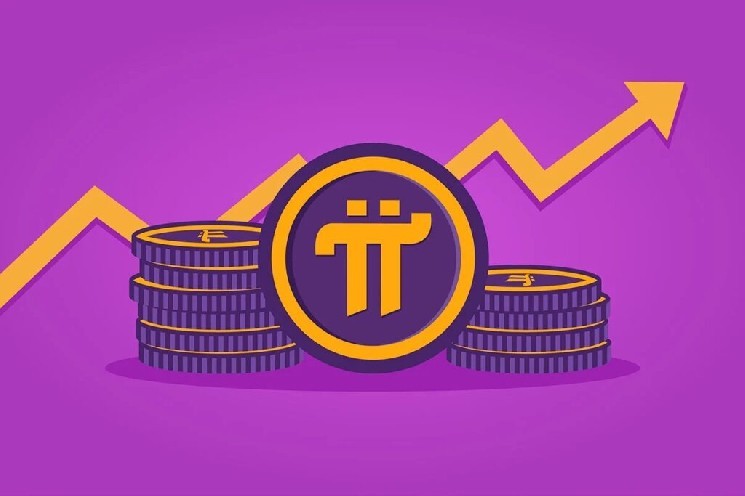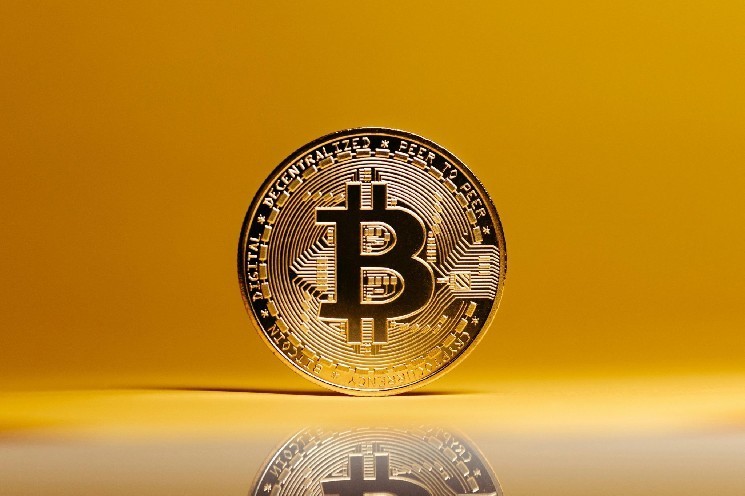Table of Contents
Toggle
What is RedStone Oracle?

RedStone Oracle is a next-generation oracle protocol that provides off-chain data for Layer 2 dApps and blockchains. Unlike traditional oracles like Chainlink or Pyth Network, RedStone uses an on-demand model, only providing data when a smart contract actually needs it, helping to save Gas Price and improve operational efficiency.
Currently, RedStone has been integrated by many projects, including Pendle, DeltaPrime, Morpho, Lido, Swell Network, Renzo, and supports both EVM, non-EVM, Layer 1 and Layer 2 blockchains.
Core Technology of RedStone

RedStone is designed with a Modular architecture, allowing data to be stored flexibly and only pushed on-chain when necessary. The system operates based on three main components:
1. Data Provisioning System
RedStone's data is aggregated from various sources, including:
- Centralized Exchanges (CEX): Binance, Coinbase
- Decentralized Exchanges (DEX): Uniswap, Curve
- Traditional Finance, RWA, NFT, AI
This data is processed and stored in the RedStone Data Distribution Layer, ensuring fast access and maintaining availability.
2. Data Delivery Mechanism
RedStone provides two main data delivery models:
- On-Demand (Standard) Model: Data is not directly stored on the blockchain but is only provided when a transaction requests it. This significantly reduces Gas, making it suitable for DeFi protocols that need to optimize costs.
- Streaming (Classic) Model: Data is updated on the blockchain at a fixed interval, suitable for lending, perpetual protocols that require continuous data to maintain accuracy.
3. Data Verification & Aggregation Mechanism
Before being added to the blockchain, RedStone's data goes through multiple verification steps:
- Check from multiple sources to eliminate inaccurate data.
- Aggregate data using pricing algorithms.
- Digital signatures from data providers ensure integrity.
Thanks to the on-demand multi-layer authentication model, RedStone not only saves gas fees but also ensures high security and accuracy.
RedStone Oracle Ecosystem


1. RedStone Core – Optimized Oracle for DeFi
- Uses an on-demand mechanism to reduce gas costs.
- Suitable for DeFi protocols with TVL over $100 million.
- Integrated across multiple Layer 1 & 2 blockchains.
2. RedStone Classic – Traditional Model
- Data is stored on-chain, serving protocols that require full data control.
- Ensures stability, suitable for projects that need continuous data updates.
3. RedStone X – For Derivatives and Perpetuals
- Provides real-time price data when users interact with the protocol.
- Designed for derivative trading platforms such as perpetuals and options.

What is the RED Token?
Basic information about the RED token
- Token name: RedStone
- Ticker: RED
- Blockchain: Ethereum
- Contract: 0xc43c6bfeda065fe2c4c11765bf838789bd0bb5de
- Total supply: 1,000,000,000 RED
- Token type: Utility, Governance
RED token allocation
- Early Backers: 31.7%
- Ecosystem & Provider: 28.3%
- Core Contributors: 20%
- Community & Genesis: 10%
- Protocol Development: 10%

RED token release schedule

Utility of the RED token
- Pay for Oracle usage: Protocols using RedStone services will need to pay fees in RED tokens.
- Staking & Governance: Users can stake RED to participate in governance and network security.
- Ecosystem incentives: The token is used to reward data providers, developers, and users contributing to the RedStone ecosystem.
RED Staking and EigenLayer AVS
One of the breakthroughs of RedStone is the integration with EigenLayer AVS (Actively Validated Services) to enhance security.
- RED can be staked by data providers and token holders, helping to protect the integrity of the oracle system.
- Stakers receive rewards from RedStone data across hundreds of blockchains, paid in ETH, BTC, SOL, USDC instead of just the native token.
- Staking RED helps scale the security, leveraging billions of dollars in assets staked on EigenLayer to create a more secure and transparent oracle network.

RedStone's Investors and Partners
RedStone has successfully raised over $22 million through three funding rounds:
- Seed Round (30/8/2022) – Raised $7 million, led by Lemniscap, with participation from Coinbase Ventures, Blockchain Capital...
- Angel Round (22/5/2023) – Invested by prominent names like Stani Kulechov (Aave), Sandeep Nailwal (Polygon), Emin Gün Sirer (Avalanche)...
- Series A (2/7/2024) – Raised $15 million, led by Arrington XRP Capital, along with funds like Spartan Group, IOSSG Ventures, Kenetic Capital, Amber Group...

Exchanges and ways to own the RED token
On 25/02/2025, Binance officially announced that RedStone (RED) is the 64th project on Binance Launchpool, opening up opportunities for users to farm RED tokens by staking BNB, FDUSD.
Binance Launchpool Schedule:
Farming Period: From 26/02/2025 to 03/03/2025 (7 days).
Pool Staking:
- BNB Pool: 80% of the total rewards.
- FDUSD Pool: 20% of the total rewards.
Binance Spot Trading: Expected on 04/03/2025, with trading pairs RED/USDT, RED/BTC, RED/BNB, RED/FDUSD.
Pre-Market on Binance and other exchanges
Binance Pre-Market has opened early trading for RED on 02/03/2025, allowing users to buy and sell before the official listing.
Other exchanges are expected to list RED after Binance, including OKX, Bybit, Gate.io, KuCoin, expanding liquidity in the market.
Wallets supporting RED
Since RED is developed on Ethereum, it can be stored in popular wallets such as:
- MetaMask – Decentralized wallet supporting ERC-20.
- Trust Wallet – Supports swapping and asset management.
- Binance Wallet – Easy to connect with Binance Launchpool.
- SafePal, Ledger, Trezor – Hardware wallets for high security.
Token Contract: 0xc43c6bfeda065fe2c4c11765bf838789bd0bb5de (Ethereum ERC-20)
Strategic Partners
RedStone has partnered with many large projects such as Lido, Pendle, Morpho, EigenLayer, AltLayer, Sei Network, Conduit, expanding its influence in DeFi and blockchain.

Redstone Team
The core team members in the development team include:
- Jakub Wojciechowski: Founder and CEO of RedStone.
- Marcin Kaźmierczak: Co-Founder and COO of RedStone.
- Matt Gurbiel: Head of BD of RedStone.

Advantages & Challenges of RedStone
Advantages
- On-Demand model helps save gas fees, optimizing costs for dApps.
- Supports multi-blockchain, including both EVM and non-EVM, Layer 1 & Layer 2.
- Multi-layer data verification mechanism, ensuring high accuracy and security.
- Invested and integrated by many leading DeFi projects, helping to rapidly expand the ecosystem.
Challenges
- The On-Demand model may cause slight latency, affecting some transactions that require instant response.
- Competing with large oracles like Chainlink, Pyth Network, needs to further expand integration to achieve widespread adoption.
Summary
RedStone Oracle is one of the breakthrough oracle solutions, bringing a cost-saving and flexible approach to blockchain protocols. With its modular design, RedStone helps transmit data faster and cheaper compared to traditional oracle models.
Being integrated into many large DeFi protocols such as Pendle, Lido, Swell Network, along with support from leading investment funds, helps RedStone have the potential to become a leading oracle in the Web3 space.








